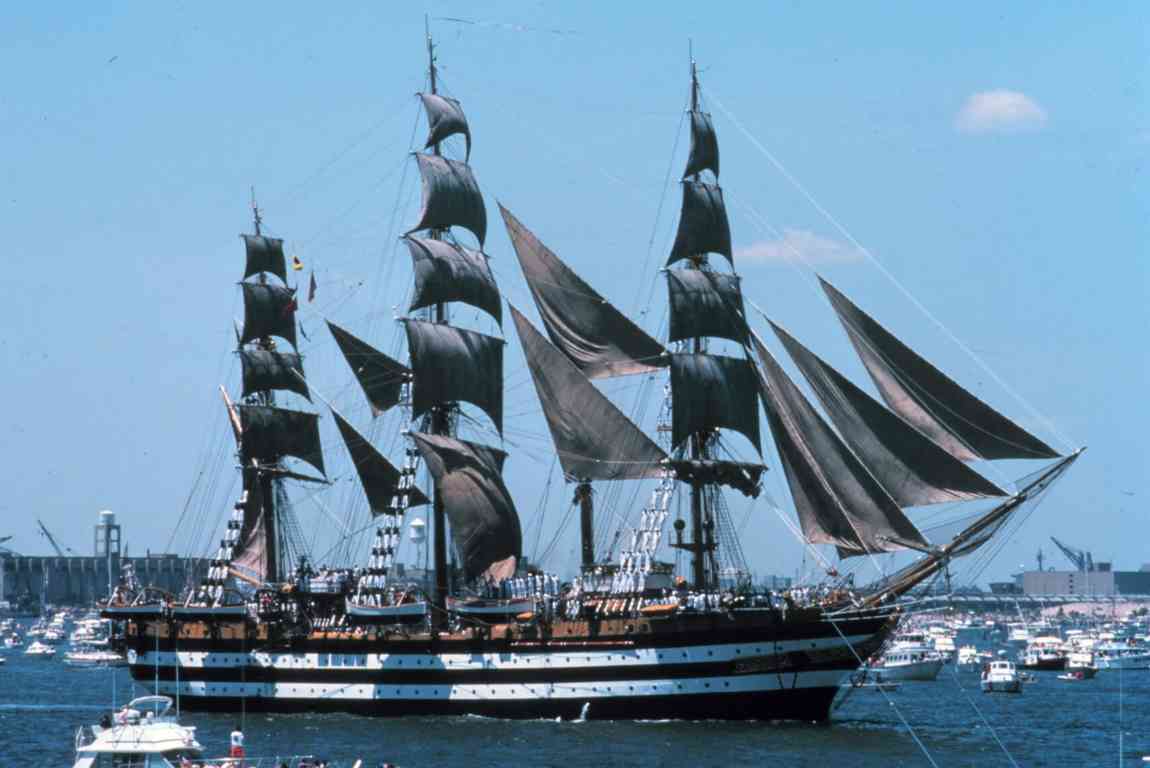Ministry of Shipping has recently presented a report conducted under the Sagarmala Project, stating that India can save up to Rs 40,000 crore annually by 2025 by improving logistics flow at the ports. By improving the ports infrastructure and augmenting the transportation of key goods and commodities, India can seize the opportunity to grow exponentially in the logistics industry by boosting the cargo traffic to up to 2.5 billion MMTPA by 2025.
This target can be accomplished by encouraging transportation of bulk goods like coal and cement through coastal lines, establishing coastal networks to more number of regions, and connecting ports to national highways and Indian railway network. The study addressed 4 primary estimation to achieve this:
- Coastal lines should carry nearly 230-280 MMTPA of coal, cement, steel, iron and food grains from current capacities, which can bring savings of around Rs 21,000 to 27,000 crores by 2025.
- Transporting 80-100 MMTPA of bulk commodities like steel and cement from new coastal capacities can bring saving up to Rs 5,500 to 6,500 crores.
- Reducing the time to carry containers by 5 days can estimate the saving of Rs 5,000 to 6,000 crores.
- Increasing the current railway share in the container modal mix from 18% can leverage saving of Rs 2,000 to 3,000 crores.
Sagarmala Project is initiated by our Prime Minister Narendra Modi with a vision to change the way the transportation is carried out within the country. It is predicted that this project could constitute 2% of the country’s GDP from coastal regions and could be responsible for economic growth by creating a few million jobs, coastal side construction, industrialization, etc.
Sagarmala contains a series of projects that are intended to take strategic advantage of the country’s inland waterways and coastline to promote economic and industrial growth. Overall the project is anticipated to reduce shipping time and costs, and boosting economic growth and import/export trade. This gigantic project has an outlay of Rs 4 lakh crore, covering four major areas.
- Develop the infrastructure at ports as well as add up to 6 new ports and increase their capacity.
- Improve the networks of ports with rails, roadways and waterways.
- Set up 14 coastal economic zones and a special coastal economic zone at the Jawaharlal Nehru Port Trust in Mumbai with manufacturing units to enable port-led industrial growth.
- Develop the skills of local fishermen and other communities residing at the seacoast by rendering proper coaching and knowledge.
Thus, using water as a medium to transport goods can help save terrific money on logistics, making the cost of imported goods very much competitive than the times when it was a subject of a real worry for the government. Many organizations have already started using waterways to export their products and are already benefiting from lower logistics costs. As the report says by mentioning the example of maritime countries like China and Japan, “port-led development” can be significantly used to save money.



